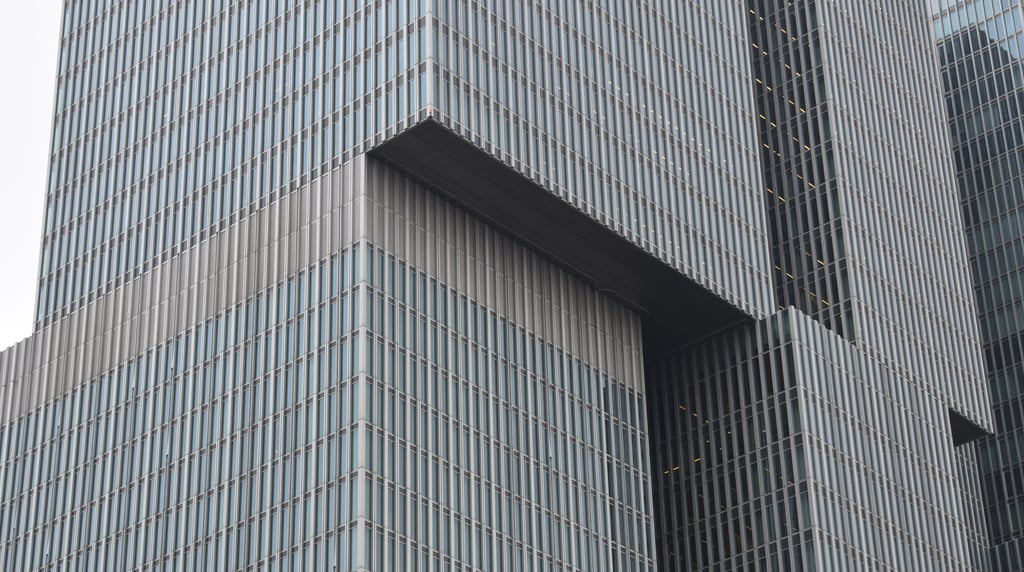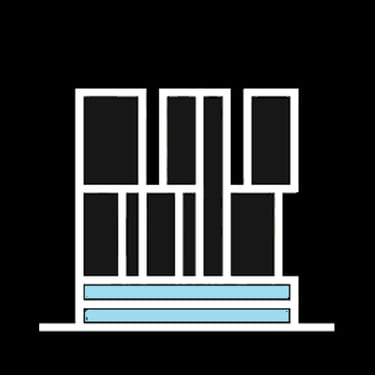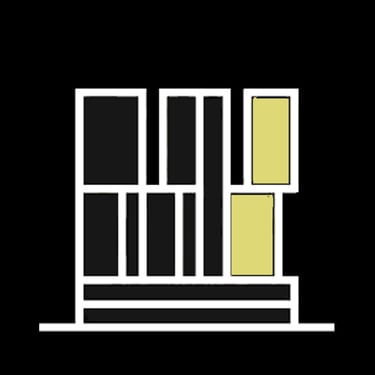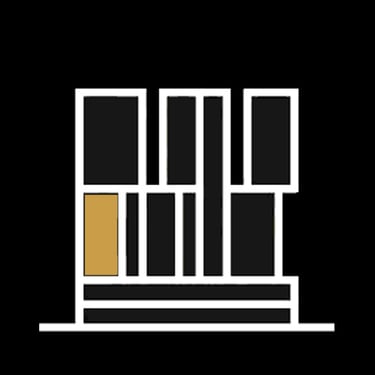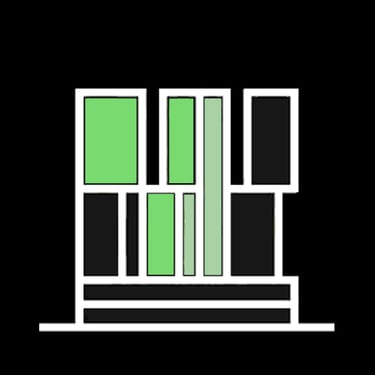Building Experiments with Adnan Dura (2)
The next edition of the building experiments with Adnan Dura took place at de Rotterdam Towers, located right next to the Erasmus Bridge in Rotterdam.
Murat Ali Cengiz
8/31/20192 min read
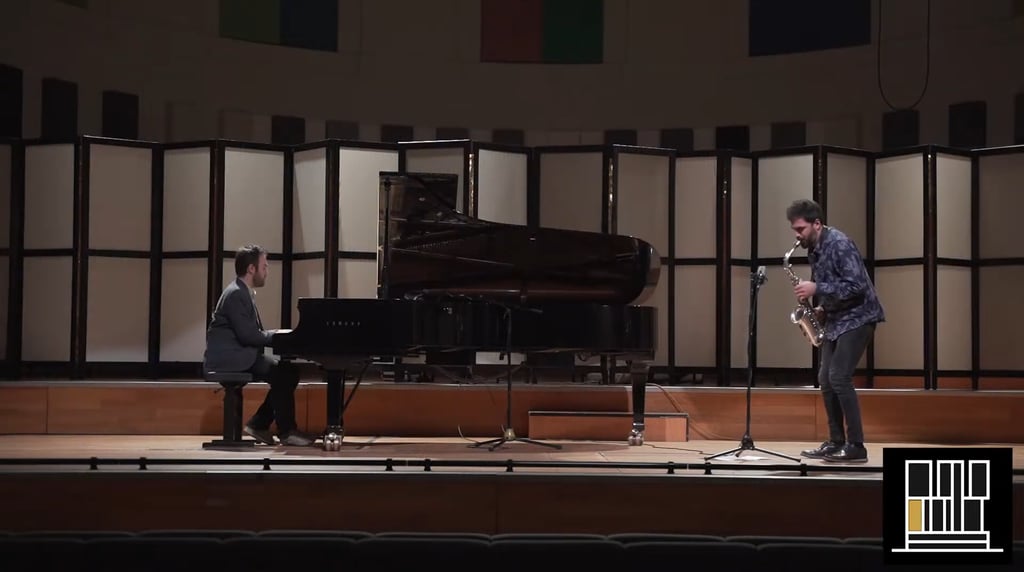

The next edition of the building experiments took place at the Rotterdam Towers, located right next to the Erasmus Bridge in Rotterdam. For this project, I set out to translate the building’s internal organization into music, creating a suite of seven parts, each reflecting a different functional section of the towers.
The central idea of the composition was to highlight the contrast between the building as a rigid structure and the people who animate it. To express this tension, I wrote the piece as a duo: piano representing the architectural frame of the towers, and alto saxophone (performed by Adnan Dura) representing the human flow moving through that frame. The dialogue between the two instruments reflects the dynamic between permanence and transience, structure and improvisation.
The tone selection for the piano was deliberately restricted to mirror the design limitations of the building. I chose five pitches and juxtaposed them in ways that echoed the architectural strategies of Rem Koolhaas, who designed the Rotterdam Towers. Just as Koolhaas plays with repetition, irregularity, and tension in space, the piano material creates a sense of compression and release within a confined tonal palette. The saxophone, in contrast, explores mobility and flexibility, shaping melodic lines that weave through the piano’s architectural grid.
This experiment also raised questions about how buildings can be translated into musical form. Functions within architecture—offices, residences, circulation spaces—carry both practical and symbolic meaning. In the suite, these functions became movements with distinct character, yet all remained tied together by the overarching duality of structure and human presence.
On a technical level, the composition relied on limited pitch sets, rhythmic juxtaposition, and layered textures. The challenge was to keep the piano firmly within its structural role while allowing the saxophone enough freedom to suggest unpredictability and movement. The interplay revealed how even strict architectural rules can generate expressive contrast when set against the improvisatory energy of performance.
A special thanks goes to the Utrecht Conservatory (HKU) for providing the performance space where this experiment could take shape. And of course, to Adnan Dura, whose alto saxophone gave life to the human side of the composition.
